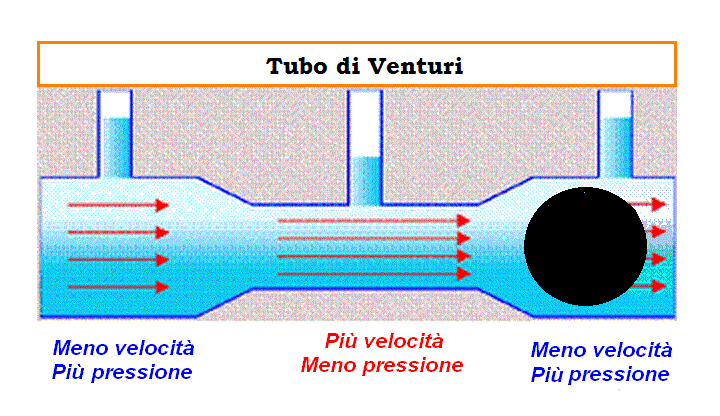INTRODUCTION
Giovanni Battista Venturi is the Italian physicist, of Reggio origin, inventor of the famous Venturi effect which is nowadays used in various fields. The mixing and dosing of fluids, the elimination of air from containers and pipes.
Even the presence of this effect in the arteries of the human body are some of the examples where this principle is applied.
HISTORY
Giovanni Battista Venturi was born in a small town around Reggio Emilia, Italy and became a pupil of Lazzaro Spallanzani and Bonaventura Corti. Giovanni started by teaching logic at the university of Reggio Emilia and after a couple of years became a professor at the university of Modena where he taught geometry.
In later years, he held positions as a ducal mathematician, state engineer, and auditor between 1780 e 1796.
In 1796 he moved to Paris where he wrote his most important work “Experimental research on the topic of lateral fluid transmission”.
Today, Giovanni Battista Venturi is remembered for his significant contributions in the studies of fluid mechanics. Most notably, with the description of the Venturi effect, which studies the connection between the speed of a fluid and the subsequent pressures within a tube.
Inox-Fer applied this principle in the DR dissolving systems.
PRINCIPLE

The Venturi effect states that in a situation with constant mechanical energy, the velocity of a fluid passing through a constricted area will increase and its static pressure will decrease.
For this reason, the Venturi effect is called a hydrodynamic paradox. Broadly speaking, the pressure increases in relation to the restriction of the area and the static pressure decreases as a direct consequence of Bernoulli’s equation.
Inox-Fer applied this principle in the DR sugar dissolving system.
